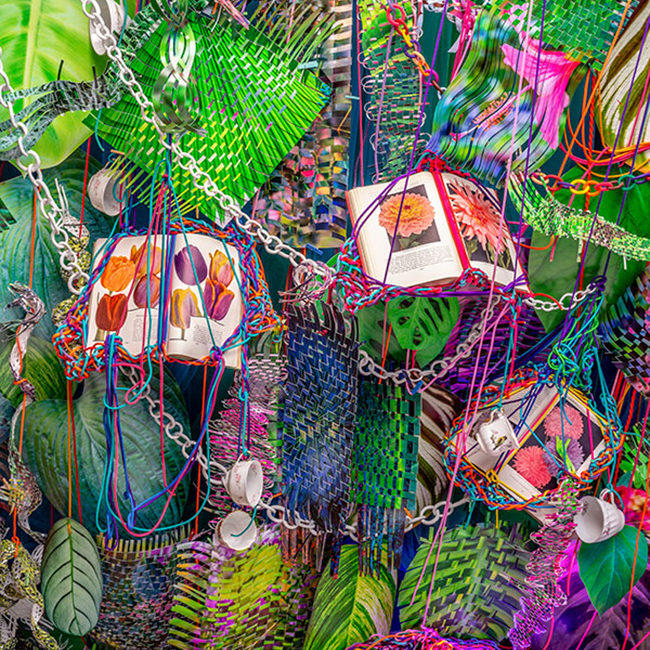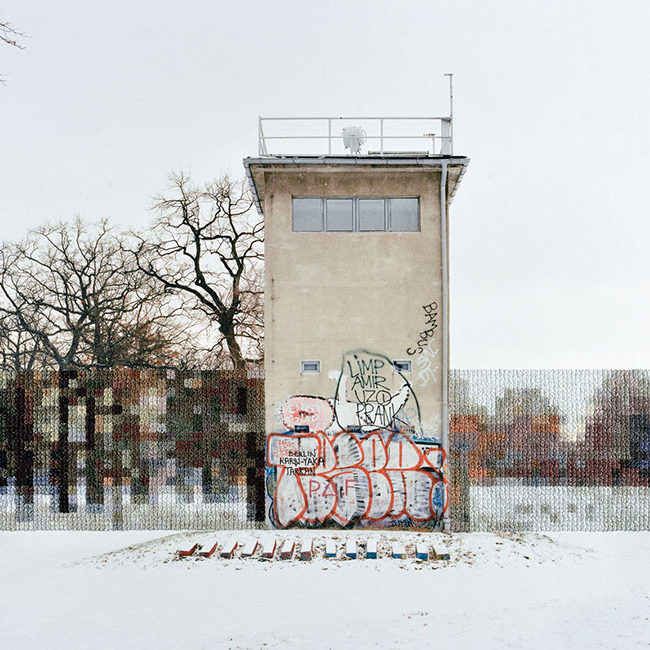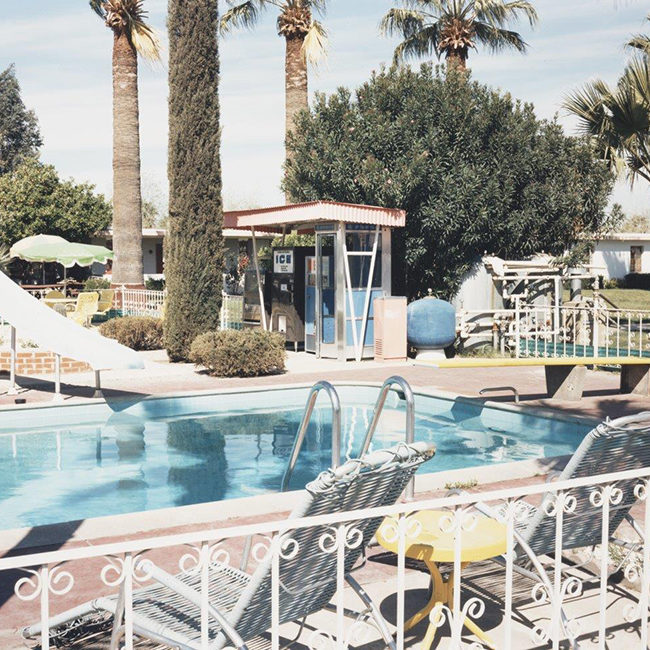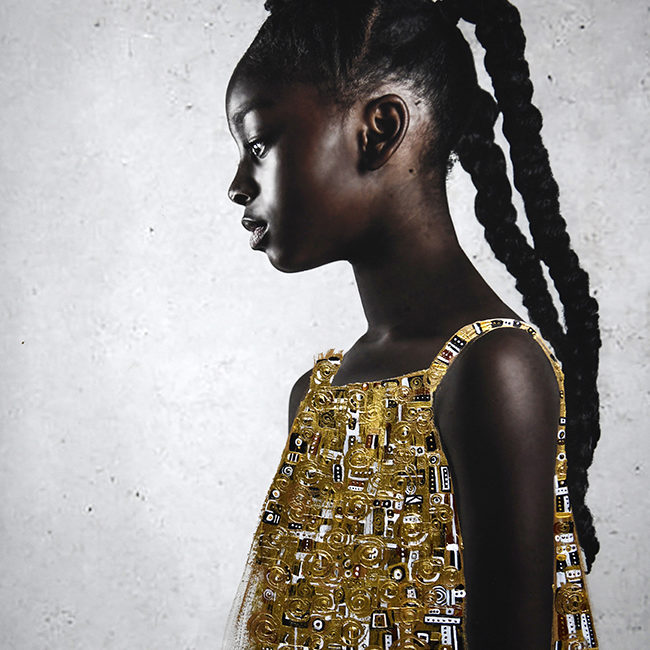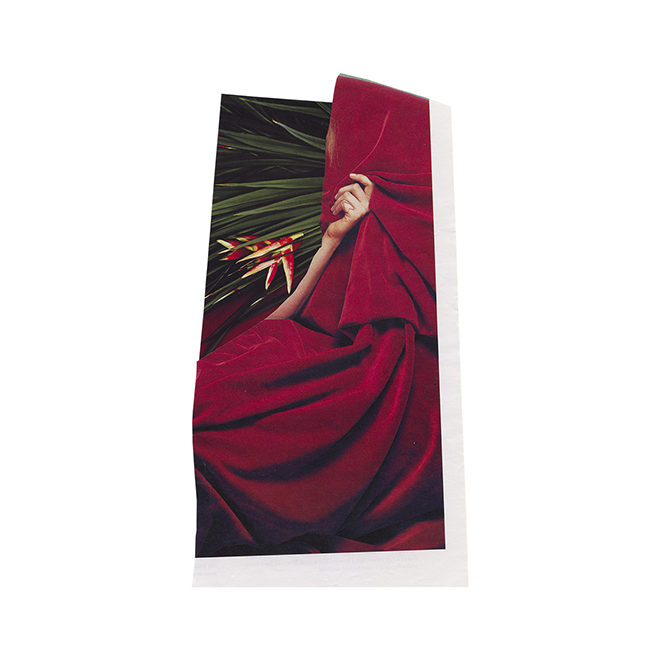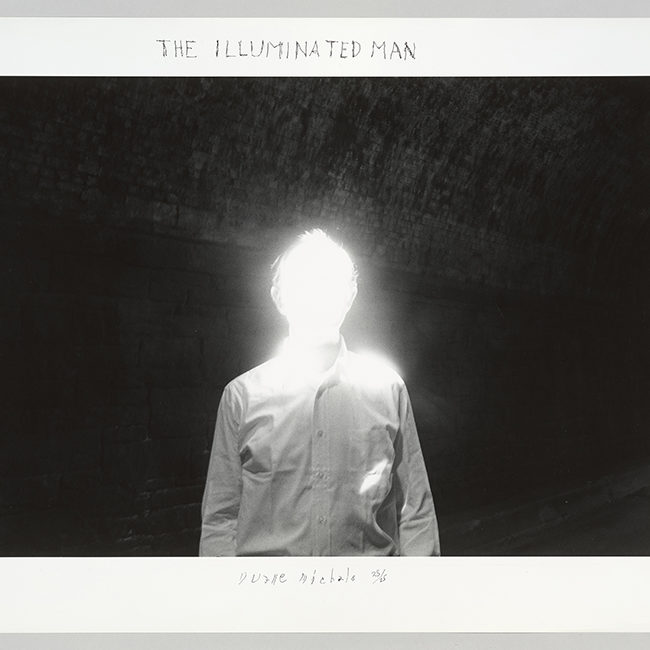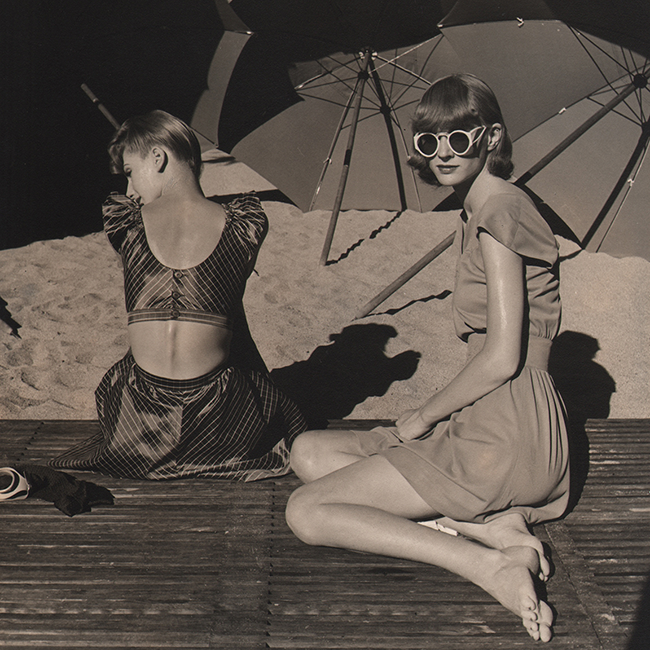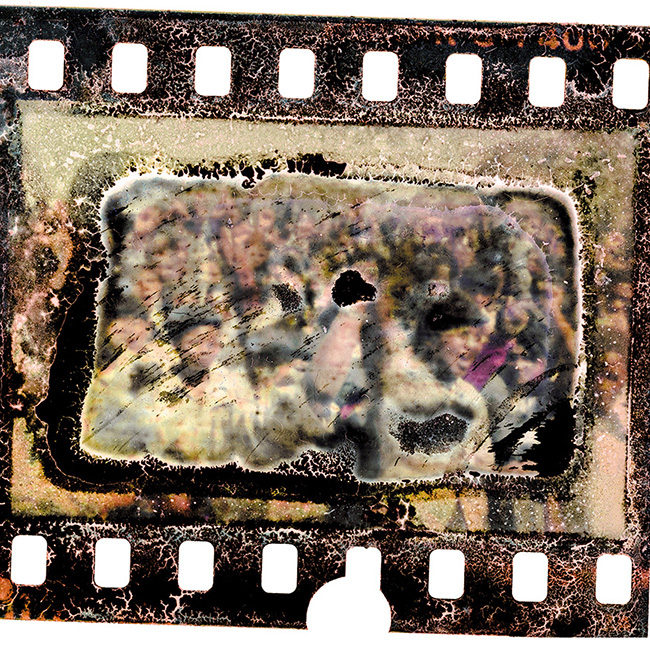Before the child in Central Park picked up the toy hand grenade, before the Jewish giant posed with his parents, before the dark-haired twins stood close together in matching frocks, Diane Arbus was learning how to be a photographer. A new show, “Diane Arbus: In the Beginning,” which opens today at the Met Breuer in New York City and runs until November 27, looks at the images Arbus made between 1956 and 1962, when she was just warming up, after leaving her marriage and the career she shared with her husband as a fashion photographer, but before switching from 35mm to 2 1/4 Wide-Angle Rolleiflex. Many of the roughly 100 images in the show come from archives given to the Metropolitan Museum of Art by Arbus’s daughters Doon and Amy in 2007, and close to two thirds have never been shown or published before.
Together, they make up a sort of prequel to the work that made her famous, a back story in which Arbus refines the subjects that interest her and her approach to them. There are portraits made on the street and views of shop windows, images made in parks, circuses, wax museums, night clubs, strip clubs and pool halls, pictures made in Coney Island and Times Square. Her notes list even more scenes that interest her: “morgue; freak at home; jewel box revue; roller derby women; dressing rm; womans prison; weird women; paddy wagon; meat slaughterhouse; tattoo parlor; taxi dance hall-before hrs.” Among these places and subjects are images that seem to foreshadow later pictures—five kids sitting on a stoop wearing monster masks seem to predict Arbus’s haunting, late pictures made at mental institutions, where residents have dressed up for Halloween. “The Man Who Swallows Razor Blades,” 1960, is pictured against a circus tent while holding a baby, and calls to mind the famous Albino sword swallower from a decade later.
As she explored these subjects, Arbus was also refining the nature of her interaction with the people she photographed. Where many of her contemporaries attempted to record the world unobserved, Arbus’s best images rely on an intense and mysterious interaction between her subject and camera—she stares hard, and they stare back—curious, affectionate, uncomfortable or angry, but rarely unaware of her gaze, and often defining themselves by it. As Met photography curator Jeff Rosenheim writes in an essay in the catalogue that accompanies the show, over this period “an evolution takes place, from pictures of individuals that spring out of fortuitous chance encounters to portraits in which the chosen subjects become engaged participants, with as much stake in the outcome as the photographer.”
Related Stories:
Coney Island Muse
Joel Meyerowitz: Times Square, 1963
End Frame: Empathy, Not Sentiment, in Portraiture (For PDN subscribers; Log in required)
